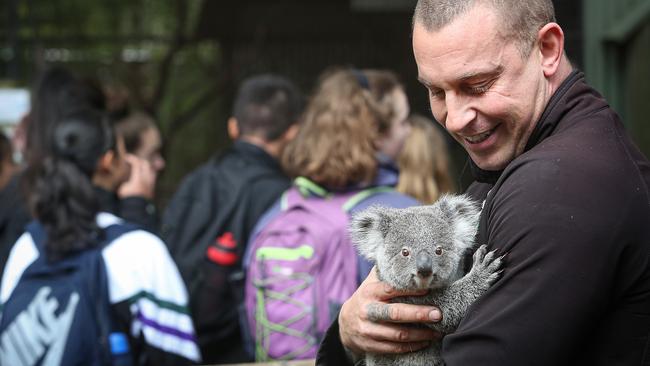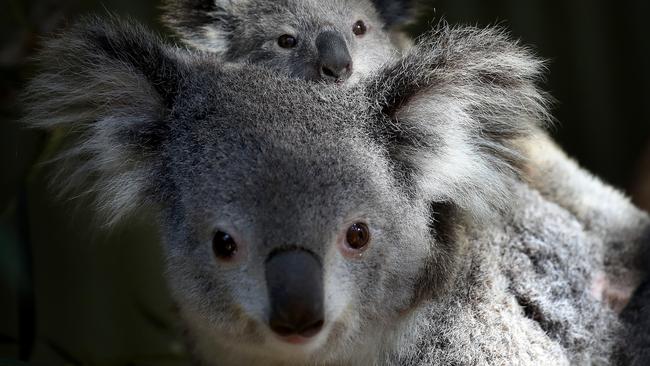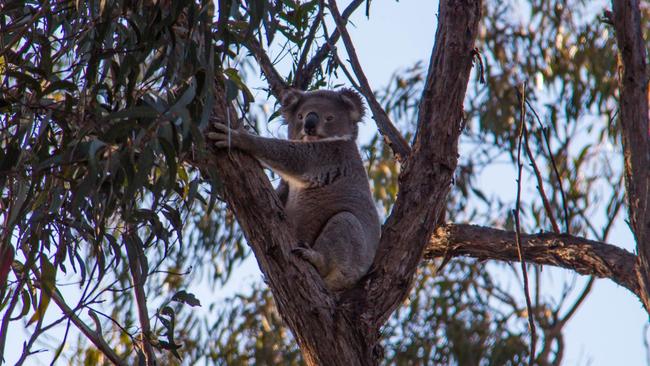‘Most iconic species under threat’: Featherdale Wildlife Park’s attempt to save koala
Featherdale Wildlife Park is pushing for the return of koalas to the wild in Blacktown in a bid to save the iconic species from extinction.

Blacktown
Don't miss out on the headlines from Blacktown. Followed categories will be added to My News.
- Roundabout approved for deadly Doonside intersection days before fatal crash
- Westpoint shoppers treated to more parking
Featherdale is pushing for urgent action to protect koalas from extinction within the next 50 years through a Blacktown-based program.
The Doonside wildlife park, which is home to the largest population of koalas in captivity nationwide, is calling on the State Government to “go one step further” and fund the return of captive-bred koalas to bushland in the region.
Featherdale’s director of life sciences Chad Staples said the park’s breeding program would provide an ideal foundation to restore wild koala habitats in the area, which have been progressively wiped out through urban development.

“We’ve done incredibly well for decades breeding koalas and every native species you could imagine. How awesome would it be to put them back in the wild over the road?” Mr Staples said.
“This is a real passion project for Featherdale and we would love to be involved.”
In its 40-year history, the park has bred up to 10 koalas a year and has served a pivotal role in unlocking koala genetics through the Australian Museum’s Koala Genome Project.
According to a submission made by the National Parks Association of NSW to a state inquiry into koala populations, the association said extinction was an “inevitable fate for koalas”.
“It is important for the committee to realise that the extinction of koalas in NSW is possible if we do not urgently change course,” the submission said.
“If we continue with business as usual, koalas will continue to die and to slide towards extinction.”

In 2018, the State Government committed $44.7 million to help protect the koala through the NSW Koala Strategy.
The strategy sets out a range of conservation actions in three years and is the basis of the government’s longer-term goal to boost koala populations in NSW.
Mr Staples said the only way to bring the koala back from the verge of extinction was to end habitat destruction and return koala populations back to remaining green spaces.
Currently, Blacktown has no native koala populations, with the closest remaining clusters in Campbelltown and the Blue Mountains.
The last remaining koala population in western Sydney is 300 individuals in Campbelltown, which is landlocked,” Mr Staples said.

“We’re watching those numbers tick down and there’s no way of getting those numbers back up. But we can certainly start a new one.
“How about we lose the fence here (at Featherdale) and start them over there (in the wild). That’s the way you get back from extinction.
“Most Australians don’t even realise the most iconic species we have in Australia is under threat. If we’re not making steps forward now, that decline will only get worse.”
IN OTHER NEWS
